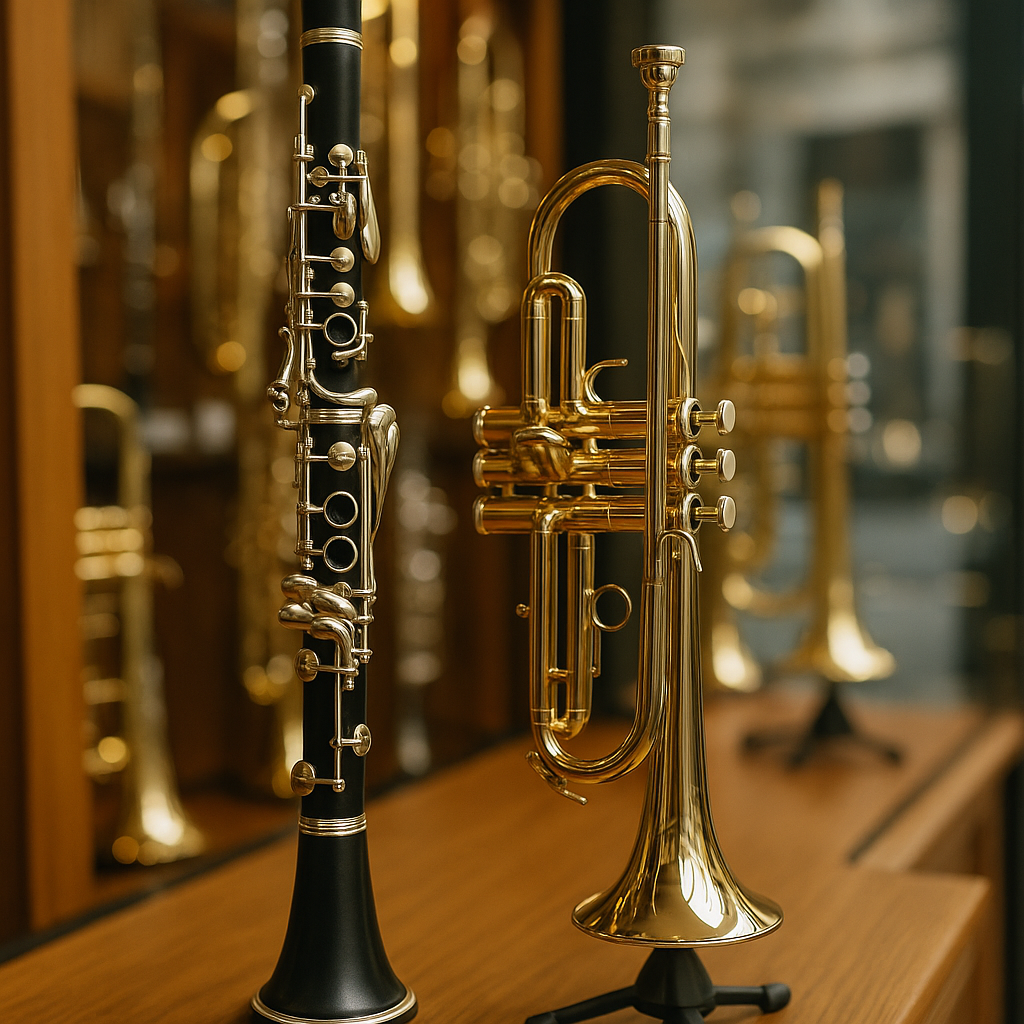I Think I Wanted to Write This

I think I wanted to write this.
But the thought arrived
already half-formed—
like light from a star
that died before I was born.
Somewhere, a boy
chose the clarinet
over the trumpet
and called it a decision.
But it was the weight of the case,
the shine of the reed,
the tone of his father’s voice
when he said,
“That’s a good sound.”
We are constellations
mistaking ourselves for maps.
We name the stars
and think we invented the sky.
We want to believe
in choice—
because we want
to believe in belief.
Faith in freedom
becomes the freedom.
But show me where intent begins—
not action,
but prelude to action,
the whisper behind impulse,
the first flicker
of the invisible match.
Every neuron fires
because of another,
because of a childhood,
because of a sugar crash,
because the dog barked
at 3:07 a.m.
We speak of choice
as if we were not
born mid-sentence,
handed a script
with half the words
smudged.
I think I wanted to write this.
But maybe it was the only thing
I could have written.
Mr. Moore’s Day in the Life

The whisper quickens—
a doubling disguised as stillness.
Somewhere, a lattice folds itself inward
while another unfolds a question
only electrons can answer.
What was once thought
was once thought slower.
Now even thought
hurries to keep up.
There is no finish,
only smaller and nearer
until time forgets
how long anything used to take.
We did not leap.
We halved the distance
between a blink
and everything.
Even silence learns
to compress itself
into a fraction
of what it meant before.

